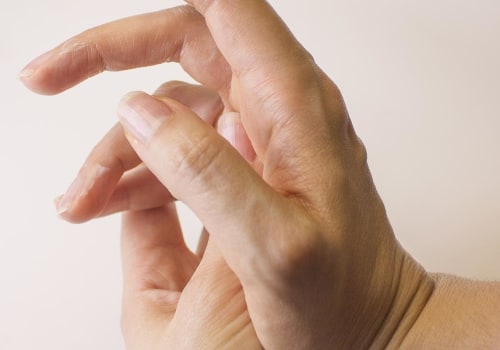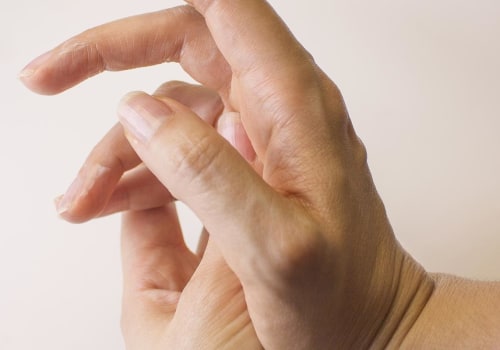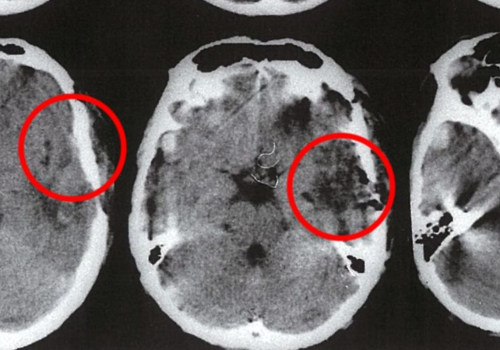In addition, if you have frequent episodic tension headaches, you can also get migraines. Unlike some forms of migraine, tension headaches are not usually associated with visual disturbances, nausea, or vomiting. Tension headaches are dull pain, tightness, or pressure around the forehead or back of the head and neck. Some people say it feels like a clamp that squeezes their skull.
They are also called stress headaches and are the most common type in adults. Tension headaches are often caused by stress, worry, or tiredness. They cause the muscles of the scalp, neck, and jaw to tighten, causing pain. Mixed tension migraines have symptoms of both tension headaches and migraines.
However, symptoms may vary from person to person. In other words, you may have more symptoms associated with a migraine than with a tension headache or vice versa. Tension headaches are caused by muscle contractions in the head and neck regions. These types of contractions can be caused by a variety of.
If you have a headache 15 or more days each month for a period of 3 months, you may have chronic tension headaches. This type of headache can cause stress and depression, which in turn can lead to more headaches. Patients whose headaches do not respond to treatment in the primary care setting may require referral to a headache specialist for comprehensive treatment. Some of the patients with migraine and coexisting tension headaches will describe a history of daily headaches that are occasionally more severe or associated with nausea and vomiting, similar to migraine.
Some patients will describe a daily chronic tension headache, as well as a recurrent, hard or “sick” headache similar to a migraine. Write down when you have a headache and how bad it is, along with details such as what you ate and what you were doing before the headache started. While chronic tension headaches can disrupt your life, tension headaches usually don't cause serious health problems. This is what the official medical publication that classifies all headache disorders calls this headache.
WHO notes that tension headaches are the most common primary headache disorder and affect more than 70% of people. If over-the-counter medicines don't stop your headaches well enough or if you have a lot of headaches, your doctor may prescribe medicines to prevent headaches. You may be able to prevent or reduce tension headaches by learning what causes your headaches and try to avoid those triggers. Botulinum toxin type A (BTX-A) is sometimes injected into the muscles of the face and head to treat headaches.
Cluster headaches are sudden, unbearable headaches that usually affect one side of the head and the area around the eyes. Daily headache can be bilateral, mild to moderate in severity, with a “hat band” effect, similar to tension-type headaches. These types of headaches occur when you get so used to a medicine that you feel pain when the medicines go away. If tension headaches occur regularly or frequently, therapies such as cognitive-behavioral therapy, relaxation therapy, or biofeedback can reduce or eliminate headaches.
Because tension headaches are often caused by specific triggers, identifying the factors that cause headaches is one way to prevent future episodes.
pressure points for headaches







